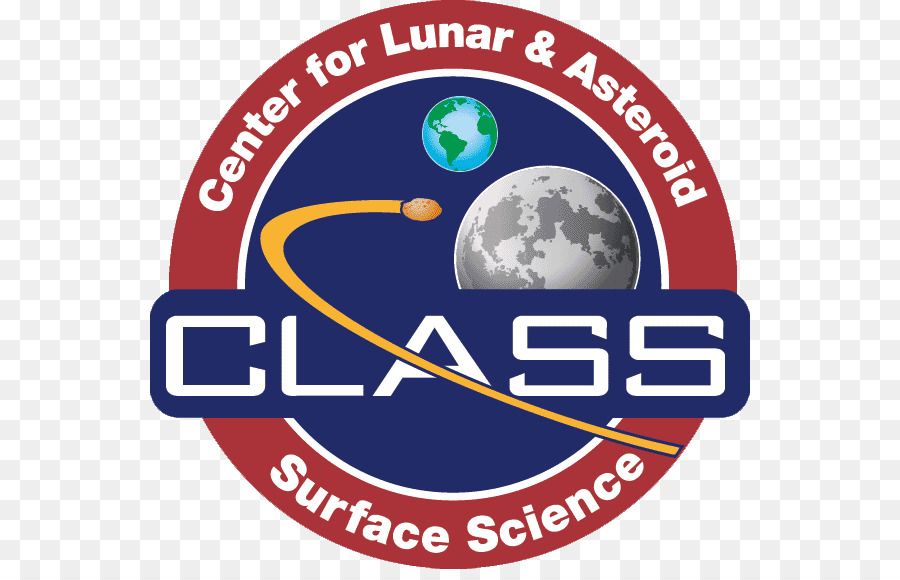Research Laying Groundwork For Off-World Colonies
March 4, 2019 (sciencedaily.com)
• The University of Central Florida’s Center for Lunar and Asteroid Surface Science’s Exolith Lab creates simulated extraterrestrial surface material, ranging from lunar soil to Martian dirt, in order to lay the “groundwork” (pun intended) for establishing off-world colonies. Their most recent study is on asteroid surfaces, which Phil Metzger, a planetary scientist at UCF and lead author of the study, published in the journal Icarus.
• The wealth management company Morgan Stanley estimates that the space economy will be worth more than $1.1 trillion by 2040. Metzger believes that by the end of the century there will be more economic activity off planet Earth than on planet Earth. “With economics moving in that direction, it’s important for us to get a head start trying to create the regulatory and engineering environments to make sure everything is done safely and justly,” Metzger says.
• The team measured meteorites’ (as reference material) mineralogical composition; elemental composition; densities of rocks and crushed rocks known as regolith; mechanical strength; magnetic susceptibility; volatile release pattern; and particle size destruction. This standardization is highly needed, Metzger said, as previous attempts at creating simulated extraterrestrial surface material have used everything from floral foam to beach sand. If tests are performed on simulant that isn’t similar to the real thing or is not suited for that test, then it makes the test results invalid.
• The team achieved a “high-fidelity simulant”, which “will be very valuable for companies doing asteroid mining, doing tests of constructions of facilities and landing pads, metal extraction and more,” says Metzger. The studies’ co-author, Dan Britt added, “I think we did a good job of producing a simulant that mimics the parent asteroidal material pretty well.”
• Metzger said the research team will continue to grade simulants created in the Exolith Lab as well as offer their grading system to simulants created in other labs. They will also be receiving feedback from the community about improvements in the grading system and will work with the American Society of Civil Engineers for consensus on having the grading standards adopted.
• [Editor’s Note] They’re right about there being more economic activity off-planet than on the Earth by the end of the century. Because this is already true. According to Corey Goode, the largest and most technologically advanced secret space program is the interplanetary Corporate Conglomerate (ICC), which is made up by dozens of mega-rich, multi-national corporations on Earth that have established at least fifteen work colonies on Mars, and who know where else, to manufacture unique technology-based goods, and is conducting ongoing trade with at least nine hundred extraterrestrial species throughout the galaxy.
University of Central Florida researchers are already laying the groundwork for the off-world jump by creating standards for extraterrestrial surfaces. Their work was detailed recently in a study published in the journal Icarus.
“I’m firmly convinced that by the end of the century there will be more economic activity off planet Earth than on planet Earth,” says Phil Metzger, a planetary scientist at UCF and lead author of the study.

According to the wealth management company, Morgan Stanley estimates the space economy will be worth more than $1.1 trillion by 2040.
“With economics moving in that direction, it’s important for us to get a head start trying to create the regulatory and engineering environments to make sure everything is done safely and justly,” Metzger says.
In the study, Metzger and the team of researchers outlined standards for simulated extraterrestrial surface material and then applied the standards to a simulated extraterrestrial surface material created in the Center for Lunar and Asteroid Surface Science’s Exolith Lab housed at UCF.
While extraterrestrial surface material can range from lunar soil to Martian dirt, Metzger and the researchers created standards specifically for asteroid surfaces in this study.

The team measured mineralogical composition; elemental composition; densities of rocks and crushed rocks known as regolith; mechanical strength; magnetic susceptibility; volatile release pattern; and particle size destruction.
This standardization is highly needed, Metzger said, as previous attempts at creating simulated extraterrestrial surface material have used everything from floral foam to beach sand.
If tests are performed on simulant that isn’t similar to the real thing or is not suited for that test, then it makes the test results invalid, Metzger said.
“We have to communicate what the properties are so everyone knows its limitations so they won’t use it for a test it wasn’t designed to simulate,” Metzger said.
FAIR USE NOTICE: This page contains copyrighted material the use of which has not been specifically authorized by the copyright owner. ExoNews.org distributes this material for the purpose of news reporting, educational research, comment and criticism, constituting Fair Use under 17 U.S.C § 107. Please contact the Editor at ExoNews with any copyright issue.
